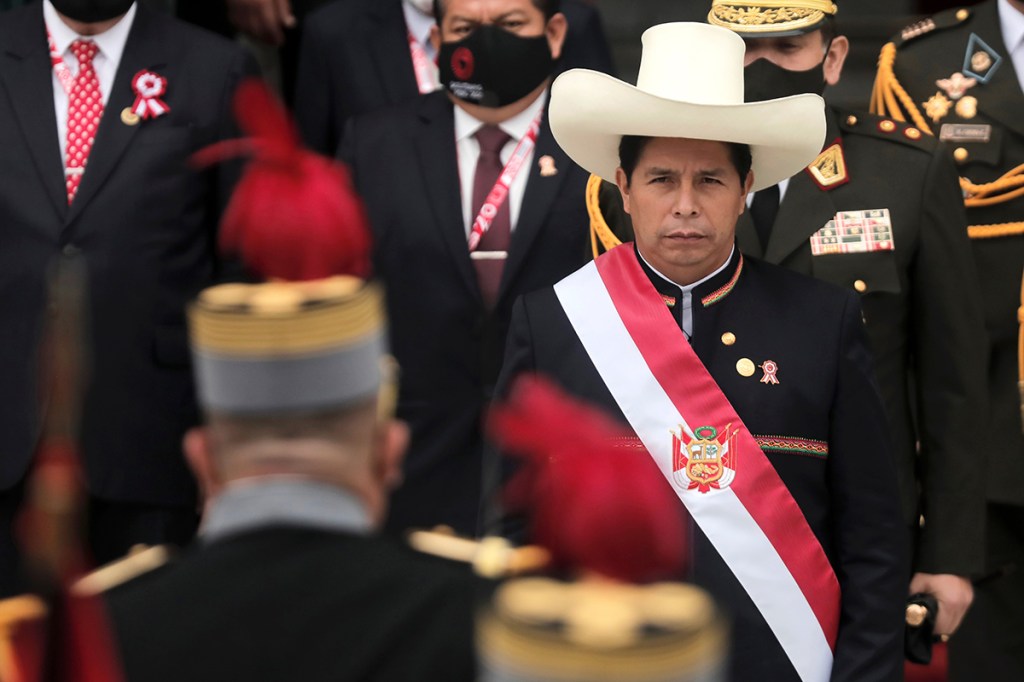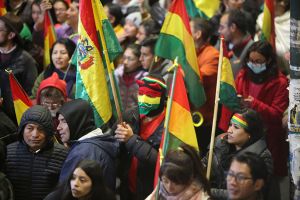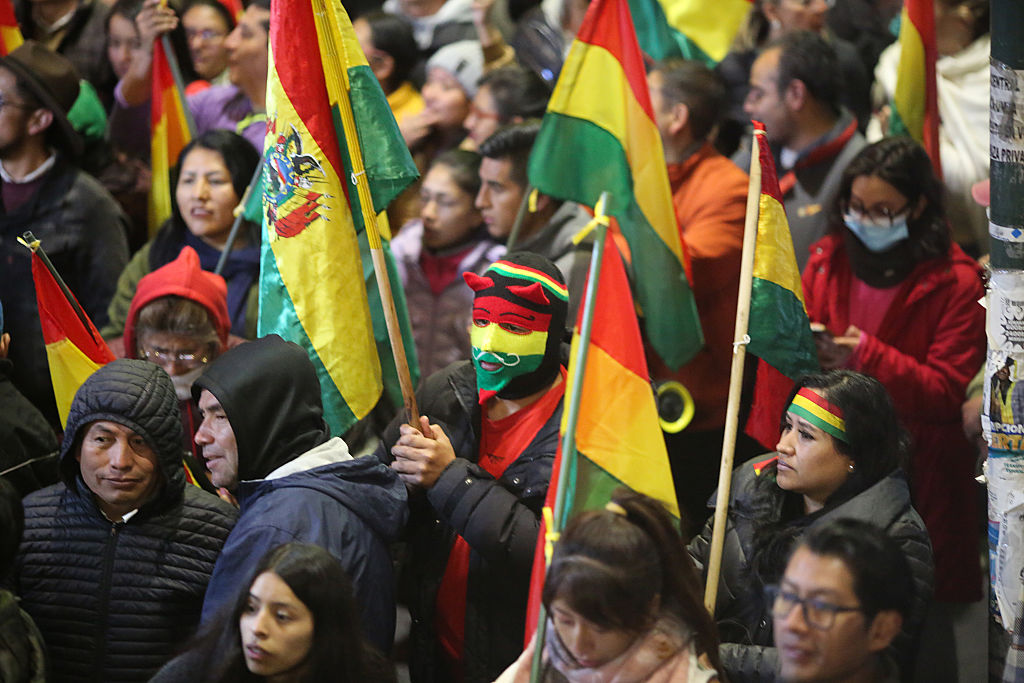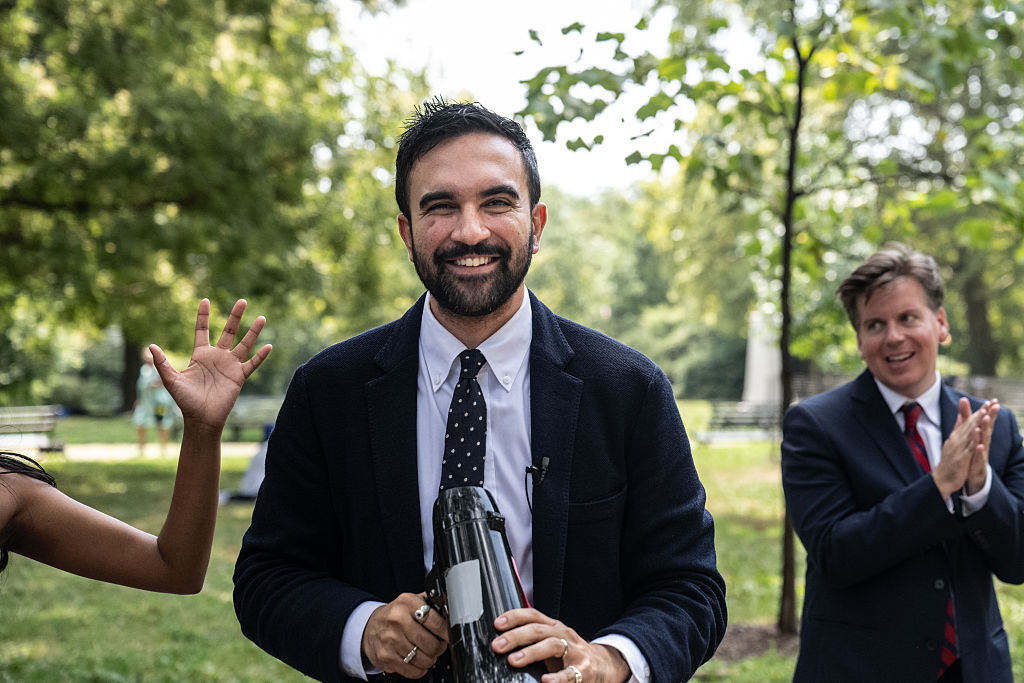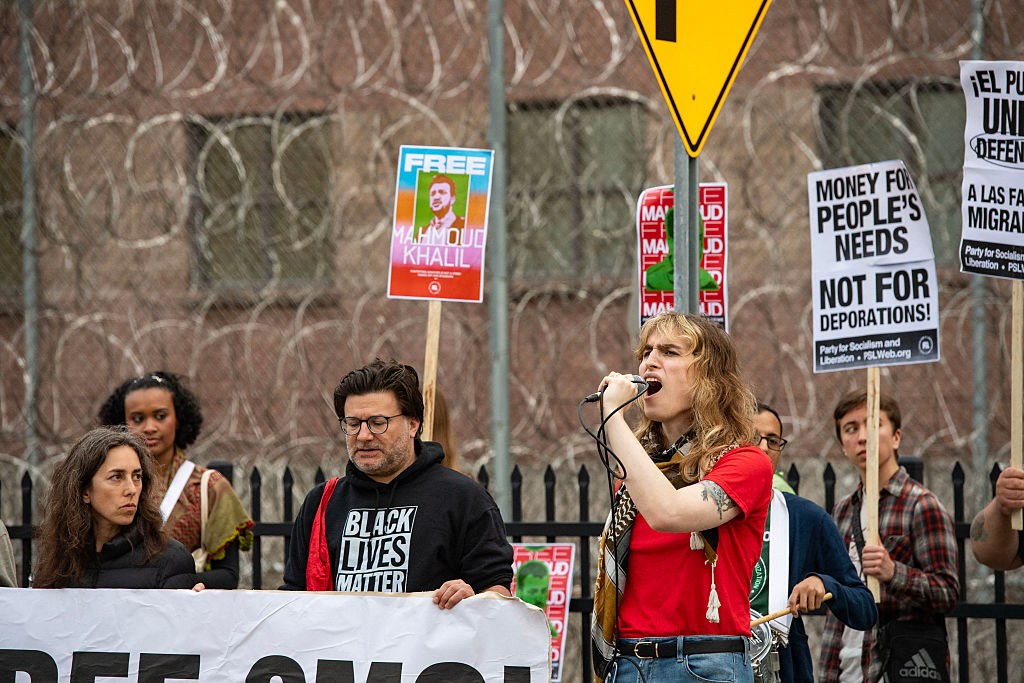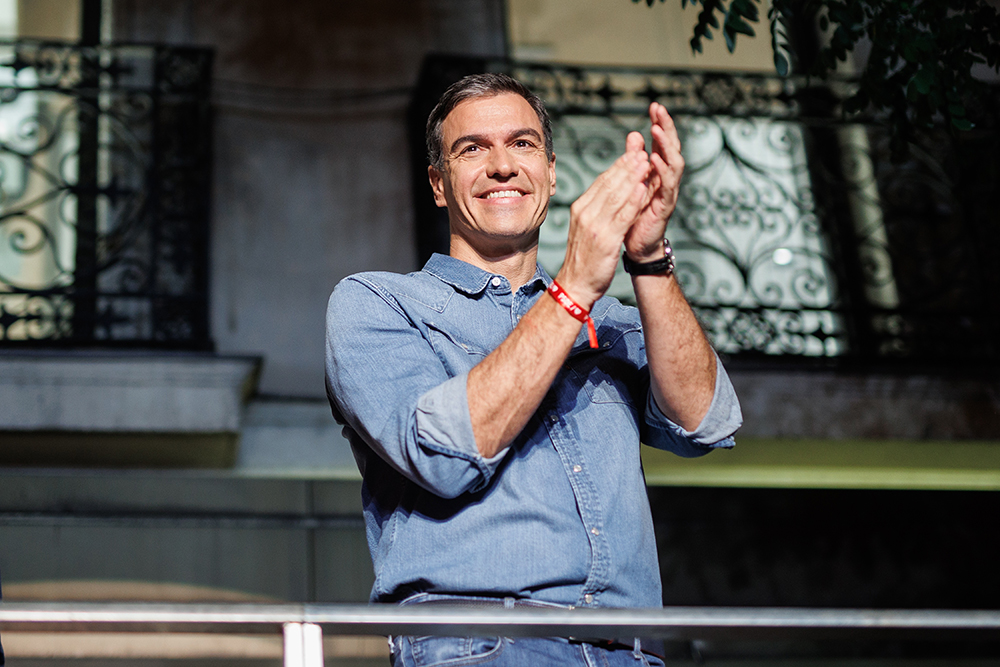The symbolism could hardly have been clearer when Pedro Castillo was sworn in yesterday as Peru’s new president on the country’s 200th anniversary of independence. For arguably the first time in its history, Peru has a head-of-state who personifies the national majority — a campesino hailing from a particularly impoverished region of the northern Andes — rather than a member, real or honorary, of the largely white Lima elite.
Given Peru’s persistent, stark inequality, drastically exacerbated by the pandemic, perhaps the biggest surprise is that the electorate has waited until now to vote in such a radical left-populist. Although the rabble-rousing rural school teacher currently appears to be tacking towards the center, he had originally promised to nationalize Peru’s vast mining sector and ban imports of any goods already produced domestically.
His first, Marxian campaign manifesto, which he now claims to have ditched, even cited Lenin in asserting that the media can never be free under ‘the yoke of capital’. When democracy protests broke out in Cuba earlier this month, Castillo, 51, was quick to express his support — but training his aim on the ‘antihuman and immoral’ US blockade rather than the Havana dictatorship’s abuses.
No wonder, perhaps, that some have been citing Castillo’s dark horse victory as the latest indication that Latin America is once again turning leftwards, with a new ‘pink tide’ already in power in Argentina, Bolivia and Mexico, and Brazil and Chile set to follow suit.
The prosaic truth, however, is that Castillo is set for a lonely and potentially brief presidency, likely more similar to those of Paraguay’s Fernando Lugo or Honduras’s Manuel Zelaya, leftist leaders prematurely ousted in constitutionally dubious moves.
On the one hand, he will face a Congress dominated by the conservative opposition — less than a year after the previous legislature established the precedent, with the unseating of Martín Vizcarra, that presidents can be swiftly impeached, even without cause. On the other, Castillo will face a skeptical electorate that opted for him by the narrowest of margins — he won by just 44,000 votes out of 19 million cast — largely because his opponent, the corruption-tainted Keiko Fujimori, daughter of the jailed dictator Alberto Fujimori, was beyond the pale.
With no experience of Lima’s corridors of power, Castillo’s only chance of a successful presidency will likely be to moderate, starting with abandoning his plans to rewrite the constitution to permit a greater economic role for the state. Polls show that although many Peruvians favor tweaking their free-market model — they are natural capitalists and have long been accustomed to fending for themselves without the help of a rotten state bureaucracy — there is no national appetite for the socialism purveyed by Castillo’s Marxian Free Peru party.
The good news is that there are many ways of honoring his compelling campaign slogan, ‘No more poor people in a rich country’, without going on the strategic detour of invoking a constituent assembly — especially at a time when ordinary Peruvians continue to face a dire, daily battle against both COVID-19 and hunger. Arguably no country has been more badly hit by the pandemic than Peru, which has the world’s highest per capita COVID mortality.
The first and most obvious objective will be to ensure that Peru’s belated but rapidly advancing vaccination program is completed. Although there are few Peruvians untouched by this momentous national tragedy, the plague has, of course, hit the poor the hardest.
The country’s long-standing fiscal discipline also allows Castillo a historical opportunity to increase spending on his two priority areas, the creaking public education and healthcare systems — albeit not the 20 percent of GDP that he had, absurdly, promised on the campaign trail. The biggest challenge for Castillo, however, may be to preemptively stop Free Peru hardliners from controlling his government, even as he relies on their 37 votes in the 130-member Congress.
Meanwhile, he will also be facing a legitimacy crisis fueled by Fujimori’s claims of electoral fraud, despite the US, European Union and UK all deeming Peru’s elections free and fair. Regardless of ideological stripe, there remain serious doubts about whether Castillo has the experience and skill required for the presidency, particularly at such a time of national crisis.
That basic issue of competence, along with the scant commitment to democracy of much of the Peruvian right, are arguably the biggest danger currently facing the Andean nation, rather than the risk of the country turning hard left.
This article was originally published on The Spectator’s UK website.



